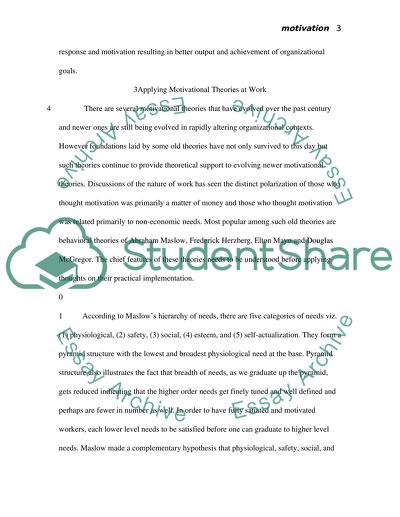Cite this document
(“Motivational theories & Organizational Success Essay”, n.d.)
Motivational theories & Organizational Success Essay. Retrieved from https://studentshare.org/miscellaneous/1499848-motivational-theories-organizational-success
Motivational theories & Organizational Success Essay. Retrieved from https://studentshare.org/miscellaneous/1499848-motivational-theories-organizational-success
(Motivational Theories & Organizational Success Essay)
Motivational Theories & Organizational Success Essay. https://studentshare.org/miscellaneous/1499848-motivational-theories-organizational-success.
Motivational Theories & Organizational Success Essay. https://studentshare.org/miscellaneous/1499848-motivational-theories-organizational-success.
“Motivational Theories & Organizational Success Essay”, n.d. https://studentshare.org/miscellaneous/1499848-motivational-theories-organizational-success.


